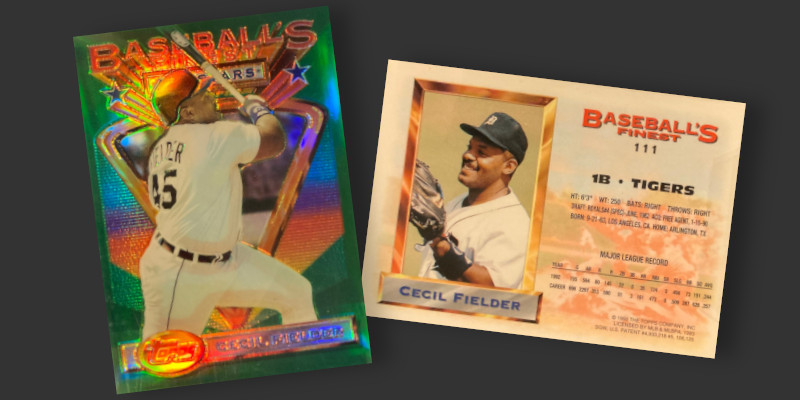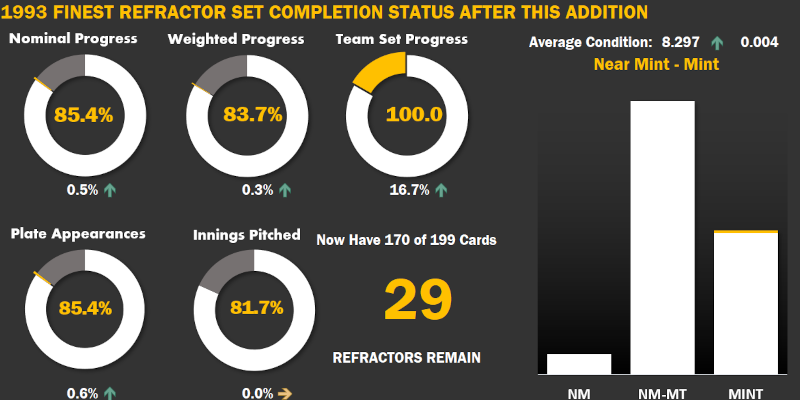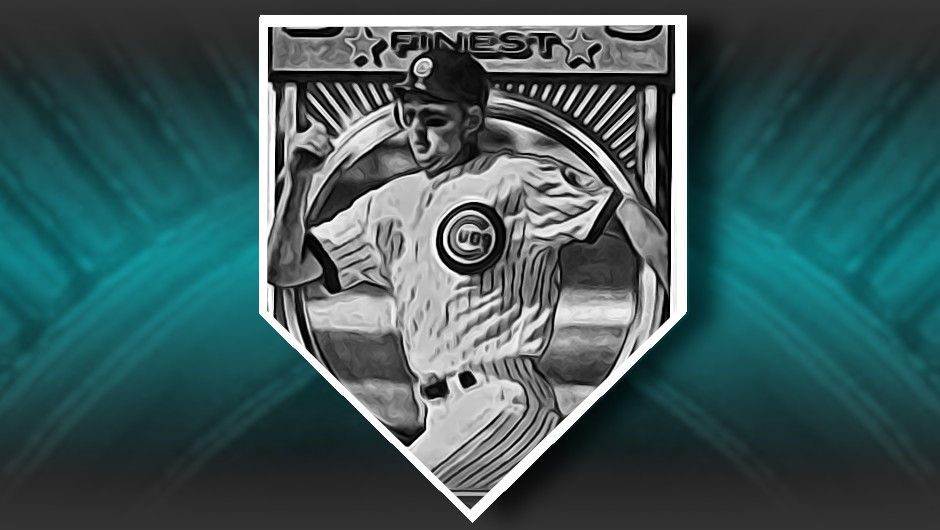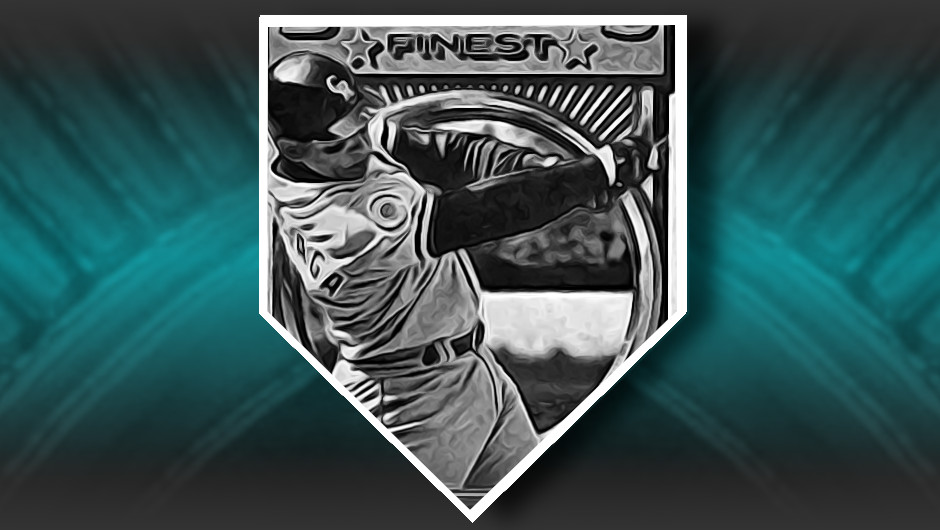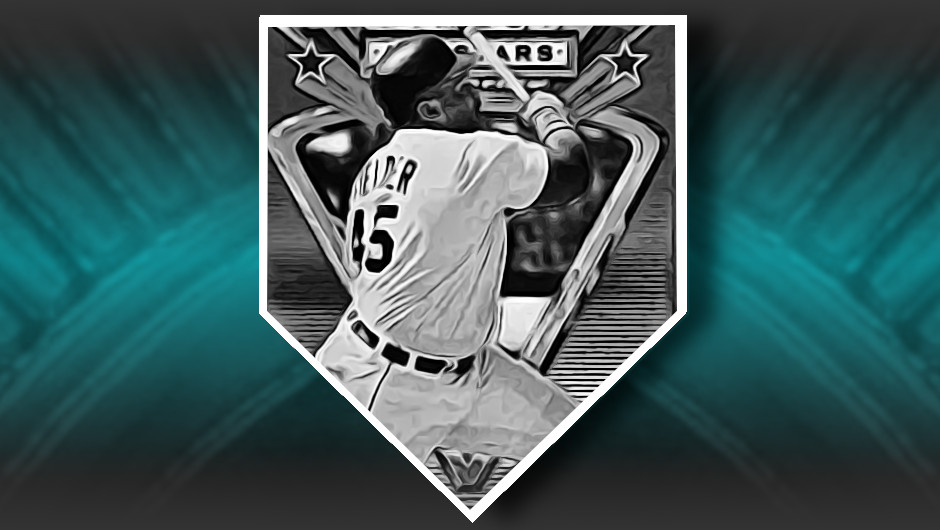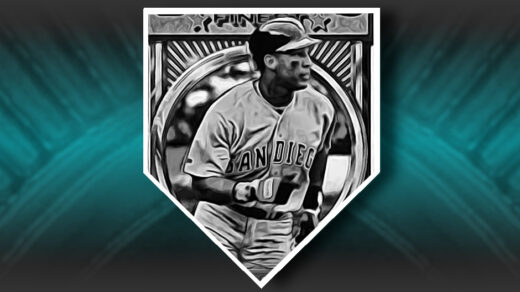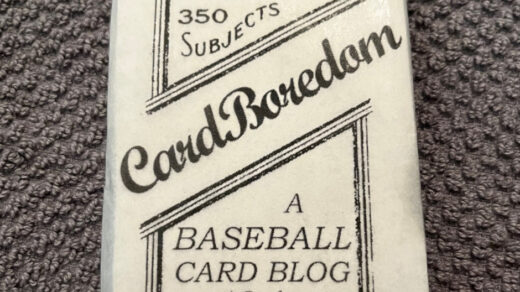[A quick note: I am using pseudonyms for the people named in this post.]
Some of my best baseball card memories came from a friend’s house on my street. Jason and I lived 7 houses apart and his place is usually where I would open packs of cards. The reason for this is his dad, Jim, who in his never-ending schemes to get rich quick had subscriptions to the price guides put out by Beckett and Tuff Stuff.
Jim was the one that blew our minds when he excitedly broke into a 1991 card opening session to inform us that a 1952 Mickey Mantle card had just sold for a record $50,000. Incidentally, that record breaking Mantle turned out to be the very same one that sold for $12.6 million in 2022. Jim was right there with us when we tried to map out which of our current cards would one day rival the Mantle in another 39 years at some far-off date in 2030. Jason and I were spellbound as Jim told us of his grand plans.
Jim liked to talk, particularly about getting rich. The problem was he usually didn’t know what he was talking about and didn’t really know when it was time to move on. It was his persona, one he kept in full gear as he made his daily rounds at work. Jim was one of three guys who worked on a municipal garbage truck. He and a co-worker would hang on to grab bars and ride on the truck’s exterior as it made its way through the streets. They would keep up a steady banter about whatever the day’s topic was as they dismounted and maneuvered garbage cans from opposite sides of the street to the back of the waiting truck. Many of his plans for financial gain involved discovering “antiques” along his collection route. As far as I know none ever really worked out.
Jim’s talk of his plans continued in other areas as well. He would walk us through the house, showing where he was going to add improvements that would allow him to one day sell it at a huge markup. Never mind the fact that it wasn’t his house, as he and Jason were living in as guests of Jim’s mother. Also never mind the fact that most of the general maintenance he promised to do in exchange for living rent free never seemed to get done either.
One day, Jim wasn’t there and his mother was upset. He had left on short notice, which forced her to take unscheduled time off from her job to watch over Jason. Jim had met a girl and talked her into spending a week in Florida. As an outsider, I don’t know much else of what happened other than the episode causing his mother and my mother to say a lot of phrases like, “He’s just trying to find himself,” and “I’m praying for him.”
Jim returned to Virginia, right on (his) schedule. He had in his hand something wrapped in crumpled napkins and a story to go with it.
At least two days of his Florida adventure had been spent in the Winter Haven area, shadowing baseball’s Spring Training activities. He told us about all the great players he had seen in person, sometimes lamenting that a big name or two “thinks they’re too big of a star to talk to me.” He told us of various players that looked primed for breakout seasons, and mentioned how ineffective chasing autographs is along the edges of the practice fields.
On his second day of Winter Haven, Jim had gone into a local bar for the evening. There he spotted Cecil Fielder and immediately slotted himself into the empty seat next to the Detroit slugger. The two began to talk, and by Jim’s account, the conversation went on for hours. Eventually he asked Fielder to sign a baseball, which turned out to be the contents of the napkin-wrapped package. I remember asking how he had known to bring a baseball to the bar in the first place, to which I was told he hadn’t. Jim said he had to keep asking patrons if anyone had a ball, and eventually one was supplied in exchange for putting a drink on his tab.
Did Cecil Fielder really sign a random baseball brought to a bar in 1992? I don’t know. Jim liked to talk and could easily spin a story out of nothing. He did, however, have a signed baseball in his hand. He also was an expert at holding conversation partners hostage, something that I envision happening if he spent hours with Fielder.
Watching Home Runs
Fielder was a huge deal in the early 1990s. He led off the decade by hitting 51 home runs in a season, a feat that had become something of a once in a decade occurrence by that point. After Roger Maris’ 61-HR season in 1961, only Wilie Mays (1965) and George Foster (1977) had managed to put a 5-handle on any HR total. People would stop to watch Fielder bat in game situations or even practice. He was essentially Mark McGwire/Sammy Sosa before those guys blew up in the late-90s.
There are guys who lots of home runs that barely clear low fences, and then there is the guy who launches baseballs over the roof of Tiger Stadium. The left field seats are a particularly difficult obstacle to clear, something that Fielder did with a mammoth shot in 1991. During the historic park’s history, only Harmon Killebrew, Frank Howard, and (later) Mark McGwire did the same. Fielder made it look easy.
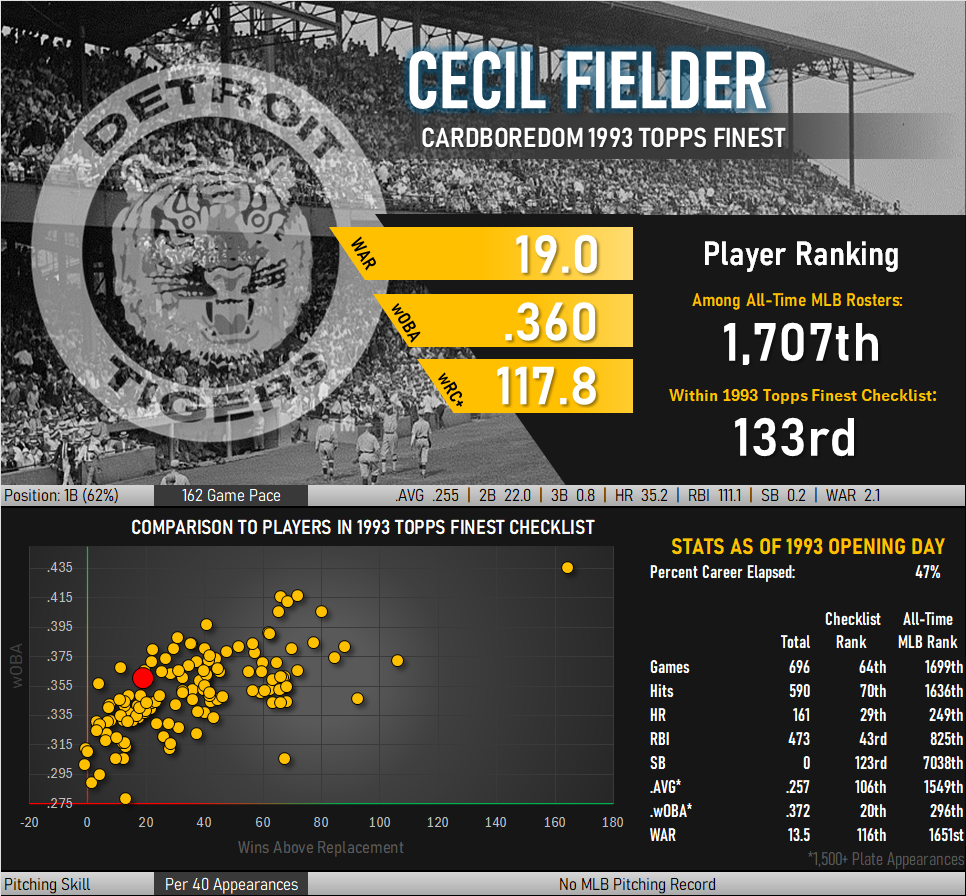
The Refractor
The addition of this Cecil Fielder card to my ’93 Finest set building project completes the run of Detroit Tigers featured in the checklist. Fielder is the key card among Detroit’s representatives, both back in 1993 and today. Yes, Alan Trammell is in the Hall of Fame. Yes, Lou Whitaker will one day join him in Cooperstown. And yes, the other Tigers (Tony Phillips, Travis Fryman, and Mickey Tettleton) have much higher career WAR totals. The Fielder card is still the most in demand of his teammates because of his highlight reels and peaking popularity right when this set was released.
There was a time when most of the Detroit cards were considered hard to find. This corresponded with one or more collectors gathering as many of the team’s players as possible in the late 1990s. This hoarding has since subsided and the cards are once again roughly as plentiful as the rest of the checklist.
